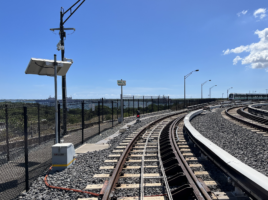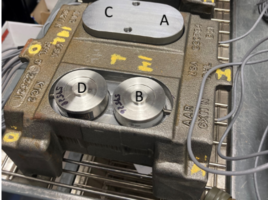
30 Years of Evolution in the Field of Wheel/Rail Interaction
by Jeff Tuzik What do 30 years of advances in wheel/rail interaction look like? Thirty years ago, the field of wheel/rail and vehicle/track interaction was largely unknown outside a coterie of specialists and researchers. Railroads operated within confined departmental siloes with vehicles on one side of the ledger, track on …









